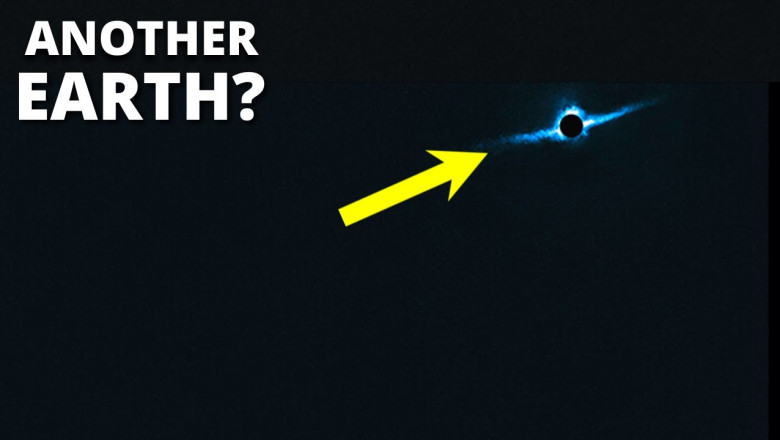
The center image was taken in visible light by the Wide Field Camera 3 on the Hubble Space Telescope, while the rightmost ultraviolet image comes from Hubble as well. The image on the left was taken in infrared by the Near-InfraRed Imager (NIRI) instrument at Gemini North in Hawaiʻi, the northern member of the international Gemini Observatory, a Program of NSF’s NOIRLab. Three images of Jupiter show the gas giant in three different types of light - infrared, visible.

As long as it doesn’t suffer a catastrophic failure to one of its critical, non-redundant components, it could, in principle, remain operational for many years more.īut for the James Webb Space Telescope, it’s an entirely different story. With the final servicing mission performed in 2009, its current suite of instruments were installed and repaired, and a new set of gyroscopes and computers were added on-board.Įven if another one or even two of its gyroscopes were to fail, Hubble would still remain operational and be capable of pointing itself to take new observations. Even when a flaw in the optics of its primary mirror was discovered, the telescope wasn’t ruined as a result the instruments could be upgraded with add-ons that compensated for the flaws in the mirrors. Hubble had a lot of modular parts to it, and as a result of these two decisions, we were able to perform a total of four servicing missions to it during the Space Shuttle era. With Hubble, the decision was made long ago to put it in low-Earth orbit: the most accessible place to humanity in outer space.

Yet if you succeed, you can observe as no ground-based observatory can: without interference from the atmosphere, without concern for day-or-night, without being affected by terrestrial light pollution, and over a range of wavelengths that are heavily restricted back on Earth. Setting up an observatory in space is expensive, precarious, and is dependent on a successful launch and deployment: there are multiple single-points-of-failure, and if anything catastrophic goes wrong, the entire mission is all for naught. Northrop GrummanĮvery decision that’s made - in both astronomy and in life - comes with its own set of pros and cons. However, it will also never live as long as Hubble already has.

The James Webb Space Telescope will launch in 2021 and will be our greatest infrared observatory ever, showcasing things we'd never find otherwise. perspective of an observer on the 'dark' (non-Sun-facing) side of the observatory. An artist's impression of what the fully-deployed James Webb Space telescope will look like from the.


 0 kommentar(er)
0 kommentar(er)
